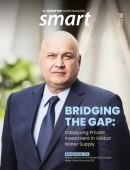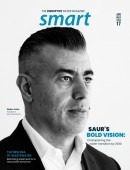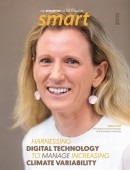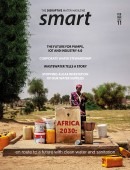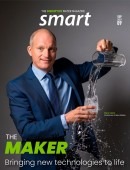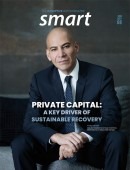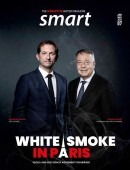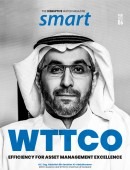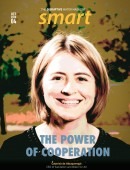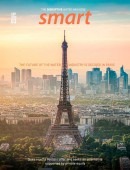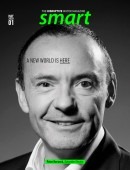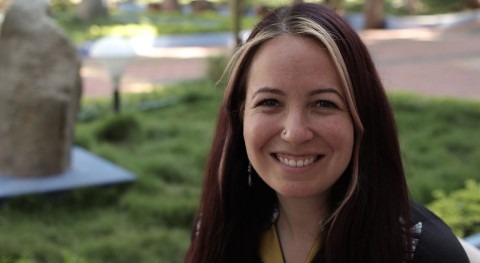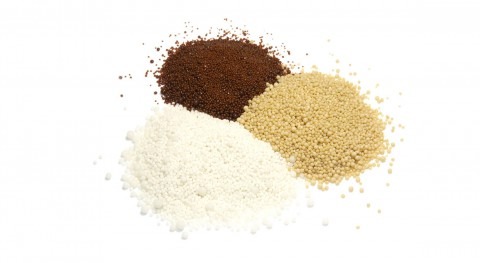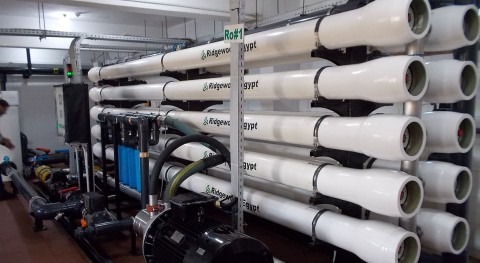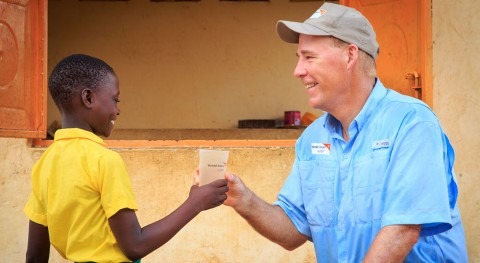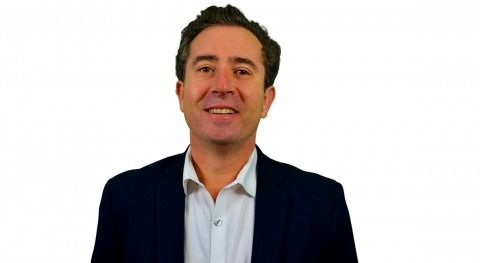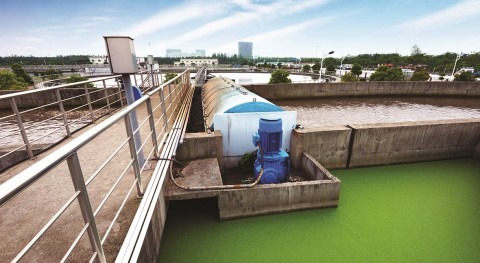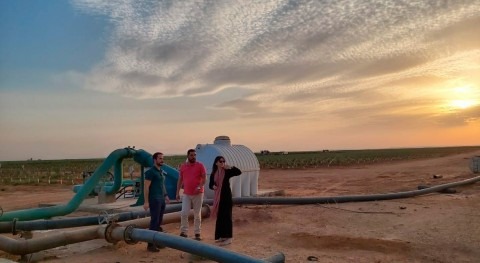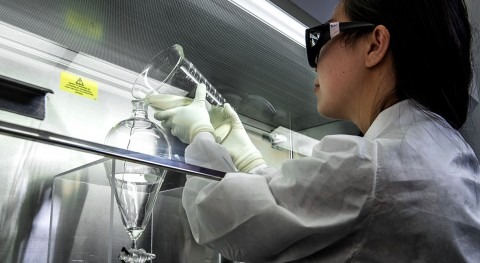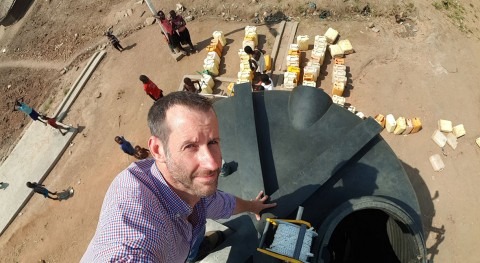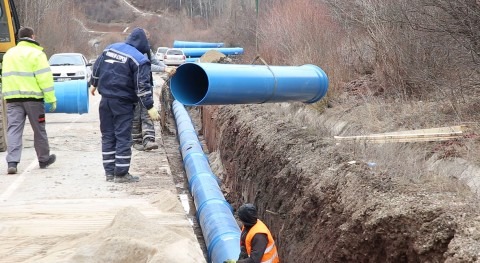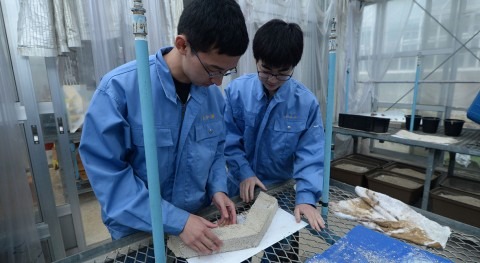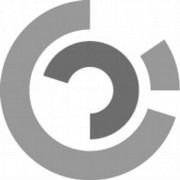Featured content
Content summary
Coinciding with one of the water sector’s most important international observance days: World Toilet Day, we release Smart Water Magazine Monthly number 5, the last Monthly of this very particular year, 2020. In the middle of the second wave of coronavirus, the industry is still adapting and learning from this challenging year. Nevertheless, the sector has proven that it is resilient and capable of adapting quickly. With digitalization pushing its way through the industry and a rising climate crisis in which water is the primary medium through which we feel the effects of this phenomenon, there is still a lot to do in this primary sector. A division that promises the younger talent multitude of challenges and space to grow. Our front page features an interview with Manuel Parra, Vice President of Practice Management at Xylem, who speaks at length on the water sector’s most pressing challenges and how Xylem prioritizes new talent. Lyle King, Business Manager, Water & Utilities at CM Industrial also discusses the future of the water labour market and how the digitalization and the pandemic are transforming it. And still on the topic of new talent, we had the chance to chat with this year’s Stockholm Junior Water Prize winners. Find all this and much more in Smart Water Magazine 5.
Features
The Spain-based Hidroconta develops a digital irrigation modernisation project for JADCO, in the arid landscape of Saudi Arabia.

The history of civilization is the history of water technologies. Find out why by reading Walid Khoury’s in-depth chronicle.

Almar Water Solutions wants to protect the tourism market in water-scarce regions. To do so, it recently acquired Ridgewood Egypt.
.jpg)
Molecor completes a demanding project: supplying the drought-stricken city of Pernik in Bulgaria with drinking water in record time.

KWR Water Research explains what beauty products and water treatment have in common through a circular economy in this article.
.jpg)
Schneider Electric improves the operational value of treatment plants with the latest technology and continuous improvement processes.

In the face of increasing flooding and droughts, countries, cities and communities search for the right tools to protect themselves.

Interviews
Manuel Parra, Vice President of Practice Management at Xylem
- Good and actionable data is one of the most important allies a utility can have to navigate current challenges and future uncertainties
- The ability to control and analyse critical equipment and processes remotely, in real time has definitely made a difference
- Xylem has strengthened its digital capabilities over the years by adding technology to our portfolio and expertise to our teams
- The data-as-an-asset approach has saved our utility customers millions of dollars, for example dealing with combined sewer overflows
- I expect to see a growth in technologies that will help prioritize Capex and Opex to help cope with the impacts of the pandemic

Lyle King, Business Manager, Water & Utilities at CM Industrial
- One of the changes that I’ve seen over the last few years is the ever-growing need for digital technologies, accelerated by COVID-19
- Companies should be taking a pro-active approach so that they have immediate access to highly skilled and highly relevant talent
- Once you’ve added top quality talent, make sure there are clear goals for them to progress: offer training and other ways to develop
- We’ll see talent coming from outside of this sector, with transferable skills, that will enable it to continue its digital expansion
- A balanced team of individuals from diverse backgrounds, with different experiences, offer different ways of approaching problems
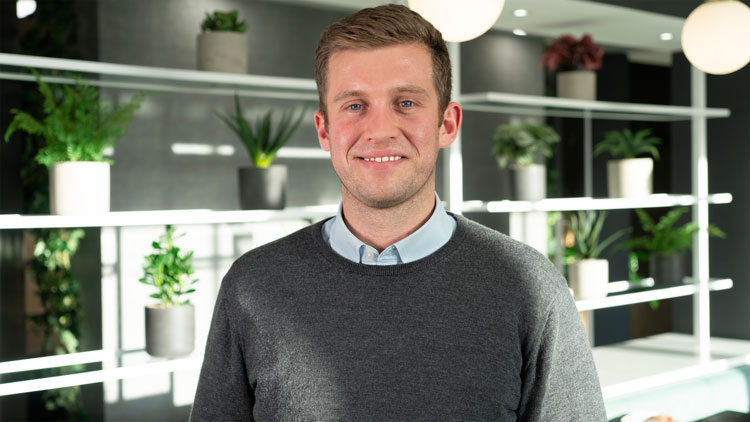
Olga Naidenko, Vice President of Science Investigations at Environmental Working Group
- Because of long-standing government inaction for controlling PFAS, these chemicals have not been classified as hazardous substances
- Some of the shorter chain PFAS that are now introduced as replacements are more difficult and expensive to remove from drinking water
- The next greatest research need is methods for disposal and destruction of PFAS in a way that does not continue contamination
- Based on available data for a handful of states, EWG estimated that as many as 200 million Americans may have PFAS in their water
- The European Commission adopted a new Chemicals Strategy for phasing out of PFAS from uses that are not “proven essential for society”
- Getting industry and governments to eliminate non-essential uses of this class of chemicals is the most effective way to protect health

Hiroki Matsuhashi and Takuma Miyaki, 2020 Stockholm Junior Water Prize Award winners
- We used a traditional solidification technique called Sanwa soil, used in Japan to solidify the soil and increase its strength
- By adding fertilizer to Sanwa soil, nutrients can be supplied to the crops, and that can lead to sustainable agriculture
- Sanwa soil, which can be made by blending any soil, can contribute to solving the problem of soil erosion all over the world
- In the future, in addition to this technology, I would like to provide guidance to junior students and create new technologies
- Throughout this competition, my experience working on projects that value and use water effectively has raised awareness of water

Ben Harvey, UNHCR Water and Sanitation Real-Time Monitoring Project Manager
- The COVID-19 lockdowns have shown us that UNHCR needs solutions to monitor that refugees are receiving their rights to water
- UNHCR reviewed the technology landscape and identified LoRaWAN IOT technologies as a potential game changer for humanitarian settings
- Optimizing the delivery of water results in cost savings, increasing cost effectiveness and maximizing the impact of humanitarian aid
- UNHCR has found that many Smart Cities technologies are better suited to refugee settings than built-up urban environments
- We are hoping to expand beyond water monitoring and look at smart monitoring technologies for sanitation and faecal sludge operations

Opinion Articles
- Eva Arnáiz, Country Manager USA, Aqualia
- Christos Charisiadis, R&D Engineer, Lenntech BV
- Steve Lurie, Digital Marketing Lead at IoTEROP
- Lesley Pories, Manager, Sector Strategy at Water.org
- Rosie Wheen, WaterAid Australia Chief Executive


